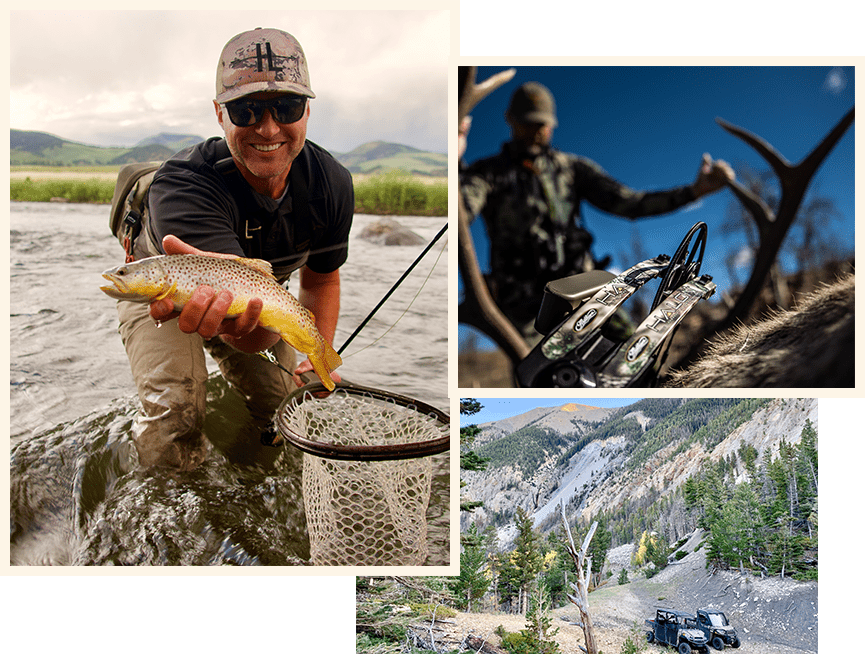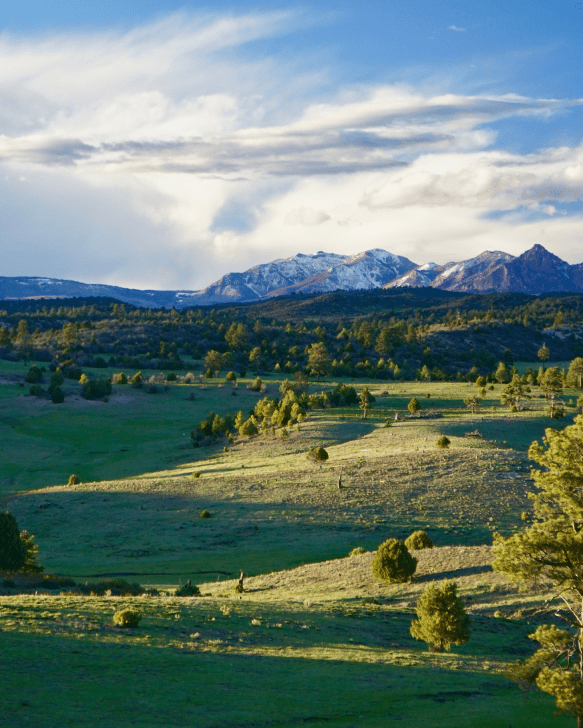The elk rut in high country Colorado is exciting for everyone, but especially hunters who are looking to get out into the woods and try their hand at bagging that once-in-a-lifetime bull. During the rut, elk wander into lower, less densely covered areas in order to attract mates, establish dominance, and challenge other bulls. This makes for exciting hunting opportunities, however due to the vulnerability of the elk, hunters have to stick to bow and arrow, or muzzle-loader hunting.
As the rut comes to a close, hunting season is still in full swing as we move towards rifle season. However, hunters now face a new problem. The elk have already learned that hunters are in the area. They are less susceptible to calls, they’re moving back towards the sanctuary of dense woods and higher elevation, and they’re less likely to be out in open areas trying to attract mates and defend challengers.
Post-rut rifle hunting after the Colorado elk rut can be tricky, so here are some tips to help you navigate the season and bag that trophy bull.
Use the Rut to Your Advantage
The rut is an exhausting, taxing event for bull elk. They have spent the last few weeks challenging each other and constantly trying to defend their herd. This time of high activity leaves bull elk weak, tired, hungry, and sometimes injured from battles over breeding rights. You can use this to your advantage when hunting elk in Colorado.
While some bulls will turn immediately to the security of the high country or dense woods, others will take their chances at the better food sources offered in lower alpine fields in order to regain their strength. Bull elk are in need of high quality food and abundant water resources after a rut, meaning they could be more visible at these points or at least more likely to reveal their location.
Scout Your Area
Nobody has time to place and watch their trail cameras all summer long in order to scout the highly trafficked trails. However, doing some baseline scouting at home through apps like Google Earth can prove to be immensely helpful when hunting after a rut.
Knowing the locations of food and water sources, likely bedding areas, and the other trail options in the areas you plan to hunt will save you time when you head out for rifle season. Mark these types of areas on a map, place a camera if you can, and get ahead of the game before bow and arrow season is even over.
Try High Country
As mentioned, after a rut, there will be a number of elk who head for the high country before the snow hits. Hiking into these areas can be tough, but exploring an area where most elk feel safe and there is far less hunting pressure can result in quite a successful hunt.
If reaching these high basins is too much work or too dangerous, stick to ridges and steep slopes with darker timber. The darker woods add better coverage for hunters, and will provide food sources for herds later into the season.
Try A Call
If you’re struggling to find even the slightest sign of elk in the area, give calling a go. Although most elk have learned at this point in the season that hunters are in the area and aren’t as likely to respond to a call, you never know.
Sending out a call or two could result in at least a bugle in return that will reveal a general area. Stick to calling in areas where there isn’t any background noise from streams or nearby roads so you can better hear a return call. If you’re hunting in a group, spread out a little to give yourself the best chance of hearing a bugle.
Stay Behind Your Glass
The unfortunate truth of post-rut rifle season is that elk are much less likely to reveal themselves for long periods of time. If they emerge from the treeline, it will be for a few quick minutes to eat or find some water, and they’ll retreat back to safety. This makes spotting a bull or herd much harder to do without binoculars.
Set your glass up on a tripod for a more comfortable set up, and spend some time behind the lenses. If a bull does reveal himself, he will most likely return to the same spot in order to keep close proximity to both food and water. If you do spot a bull, the odds of him returning during the morning or evening hunt are high.


